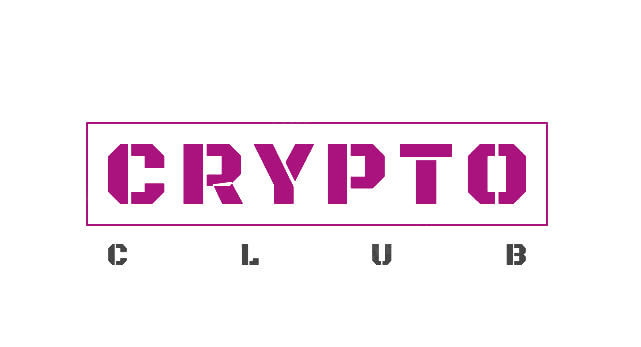Chainstack releases a report examining the growth of blockchain protocols in the enterprise.
The team at Chainstack – creators of an affordable, easy-to-use platform for building, running and scaling blockchain applications – has released a report on the growth of blockchain protocols in the enterprise.
Chainstack analyzed six enterprise blockchain protocols (Hyperledger Fabric, R3 Corda, Baseline, Autonity, Quorum, Hyperledger Besu) for this in-depth research report.
According to the findings of the report, the clear leaders in the enterprise blockchain market are Hyperledger Fabric, R3 Corda, and Ethereum-based protocols.
Main outputs included:
- Hyperledger Besu, an Ethereum-based protocol, has seen the most interest and activity from developers relative to the actual number of pushes it produces.
- Basis, as a newcomer to the enterprise blockchain space, has attracted more early developers than any other Ethereum-based protocol in this report, and one that has more time on the market.
- On average per developer, Autonity has the highest code contribution.
- Developer activity peaked in the second quarter of 2020, particularly during a flurry of events around Hyperledger Fabric.
- In 2020, Hyperledger Fabric’s popularity among developers skyrocketed when a new version of Fabric, version 2, was released with a redesigned decentralized application lifecycle as its main feature.
- Over the past three years, Corda has consistently outperformed all other protocols analyzed.
- Corda and Fabric share the largest number of unique developers in their pools. With 124 individual developers, this represents 10.97% of Corda developers interested in Fabric and 2.48% of Fabric developers interested in Corda.
Total developers involved

Hyperledger Fabric is the leader in terms of total number of developers used.
Hyperledger as a whole, which is a Linux Foundation organization and clearly has the Linux open source culture and mentality, has the largest number of unique developers. Besu’s membership in Hyperledger in 2019 has significantly increased the number of developers involved.
Total activity, annualised

Hyperledger Fabric saw a spike in developer activity in 2020, coinciding with the release of Fabric version 2. Version 2 itself represents a significant change in the way decentralized applications work on Fabric – a more decentralized approach. The nature of these changes – easy to understand and following the general trend of the decentralized space – makes Fabric 2 a popular target for developer interaction, which many can live with.
Chain vitality index (CPVI) 2020
To get an idea of the performance of each of the analyzed protocols, Chainstack created a new model, the Chainstack Protocol Viability Index (CPVI), which can be represented by a simple score on a scale from 0 to 10, where 0 is the least significant and 10 is the most significant.
The index is the result of calculating the number of unique developers, pushing, releasing and deleting new developers with a weight distribution. We believe that each of these factors is fundamental to providing an easily understood overview of how the protocol works and how it compares to other protocols:
Unique developers – the number of unique developers who participated in the creation of the protocol. If a developer account triggers at least one log event on GitHub, it is considered a single developer.
Buttons – Total number of code anomalies in all logs.
Releases – the number of all releases on GitHub. This includes the most recent protocol versions and maintenance versions of earlier versions. Both new and supporting releases are important in understanding the viability of a project.
Net new developers – The number of unique new developer accounts that contributed to the log during the analysis period. Weight – weight added to keep the result within the normal range of 10.

Factory and Korda led the way, followed by Besu and Quorum.
Supplement
The health of each of the protocols analyzed for 2020 is represented by the Chainstack Protocol Viability Index (CPVI) and tells the same story: Fabric and Corda are the best, closely followed by Ethereum-based Besu and Quorum.
If you are looking to get into the enterprise blockchain space, the most effective solution is to experiment with Fabric, Corda, or an Ethereum-based protocol, or ideally to evaluate all three.
The report can be viewed and downloaded here….
Enterprise Blockchain Protocol Evolution Index 2021

. He is one of the early proponents of blockchain and cryptocurrencies in India. After being in the industry for several years, he founded IBC in 2016 to help other early adopters learn about the technology.
Before joining CBI, Hitesh founded 4 companies in the field of cyber security and IT.
You have logged in successfully!
Sign up to be notified of the latest posts.
Related Tags:
chainstack tutorialchainstack blogclone dappchainstack logochainstack apichainstack docs,People also search for,Privacy settings,How Search works,chainstack tutorial,chainstack blog,clone dapp,chainstack logo,chainstack api,chainstack docs
